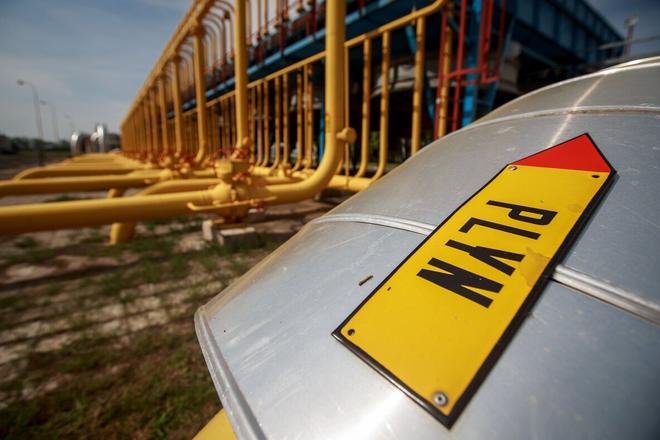The Slovak economy will be hit hard by the energy crisis brought about by Russia invading Ukraine and using gas as a weapon against Europe. The real economy will likely shrink in the latter part of 2022 and even more so in early 2023, when higher energy bills hit the household sector in earnest.
The extent and duration of the upcoming recession will crucially depend on support from the EU, its funds and policies helping to alleviate the rise in energy costs. Inflation will nonetheless likely remain in double digits and interest rates continue to rise, which will sap domestic demand and spoil investment appetite, including in the housing market.
Cold wa(te)r poured over recovery
Investment Advisory Guide
Well-arranged information about the economy, labour market, investor support, legislation, and real estate as well as investment opportunities in Slovakia. For more details visit our online shop.
On February 24, 2022, Russia invaded Ukraine and quickly replaced the Covid pandemic as the main threat to the Slovak/broader European economy and society at large.
Initially, to be sure, the economy withstood the shock relatively well and continued to recover through the first half of the year, thanks to the scrapping of pandemic restrictions and reopening of the services sector.
Consumer demand was also propped up through purchases made by and for migrants from Ukraine, who had fled war atrocities in their home country and came to neighbouring Slovakia in their hundreds of thousands.
The economy came to a standstill from the summer on, however, as the war extended into an outright energy shock with gas deliveries from Russia to Europe all but stopped and energy costs skyrocketing.
Several big energy-hungry factories halted production and unemployment started to edge higher, adding to inflation and the other war-related worries of the consumers.

 (source: Sme archive)
(source: Sme archive)